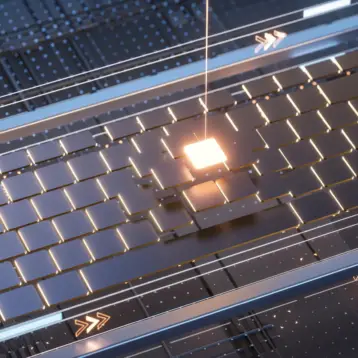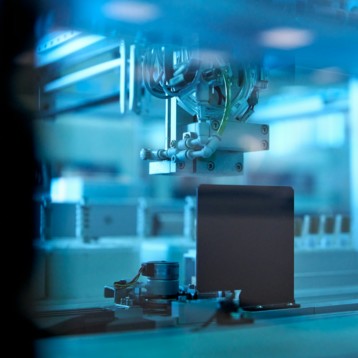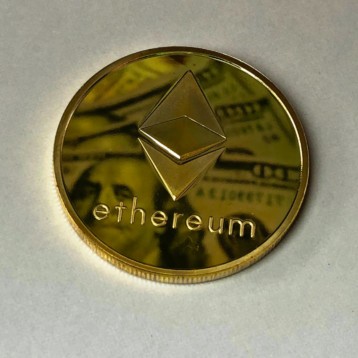The original Rubik’s cube became a cultural phenomenon throughout the world when it was released on the market in 1980. The Hong Kong based company Techno Source has spent three years in the development of the new Rubik’s Touch Cube. This cube, with sensor-based technology, is the world’s first completely electronic, interactive puzzle cube. The Rubik’s Touch Cube was presented at the American International Toy Fair on February 15-18, 2009; it will be available to the public in the fall of 2009 with a $149.99 price tag.
The original Rubik’s Cube was invented in 1974 by Hungarian sculptor and professor of architecture, Erno Rubik. The new Touch Cube is the third version of the Rubik’s Cube game. The original Rubik’s Cube remained virtually unchanged for over two decades until the multi-level electronic Rubik’s Revolution was developed and nominated for the Toy Industry Association Game of the Year in 2008.
How does the Rubik’s Touch Cube compare to the other two versions? The object of the game remains the same among the different versions – you rotate the six different colors around the cube until each of the six sides show only one specific color. Achieving this end result may take hours, years, or for many people – never be accomplished. At first glance, the Touch Cube may look like a regular puzzle cube; however, there are no moveable parts. You do not have to manually turn a side of squares to try and line up the colors in a specific order. On the Touch Cube, all of the six sides are designed to be interactive with the touch of your finger. Each color block lights up as you swipe your finger over the squares you would like to move.
Instead of turning or rotating the color tracks around the core, your finger swipes (either a straight line or an L-shape) will mimic manual moves through touch sensor technology. The Cube features a built-in accelerometer that allows the internal mechanism to know which side is facing up, as well as reading the speed of a finger swipe across the blocks appropriately. The sensor technology of the Touch Cube will only move the squares through finger swipes on the top of the cube, so you do not have to worry about holding or touching the sides of the cube during game play. The accelerometer allows you to rotate the cube so any of the sides become the interactive top.
Turning the blocks, via lighted interactive finger swipes, may take some adjustment and come with a learning curve, especially for those long time fans of the original Rubik’s Cube. The new touch sensor technology does come with some extra programming that may be the selling point for those who find the price tag on the steep side. The Rubik’s Touch Cube has an internal program to help you solve the puzzle, and it has built-in memory that will remember where you left off in your pursuit of the solution when you need to stop playing for any length of time. The Touch Cube also provides you with a choice of sound effects, one of which is the sound of clicking blocks as if you were manually rotating them around.
Sensor technology has become common in today’s world. You will find touch sensors in lamps, and the Apple iPhone, motion detector sensors in lighting, and heat sensors in your home thermostat, for example. The Touch Cube combines a sensor, which measures the physical touch on the game cube with the internal memory of color placement and combinations allowing you to directly interact and change the game as you play.
TFOT has previously covered several related sensor technology stories, including our look at the multi-touchable screen, developed by Next Window, as well as our look on interactive paper and billboards. Another interesting story covered by TFOF recently is shopping via a touch screen, where shoppers can shop for items in a mall and even find matching accessories for their outfit using a touch based system.
For more information on Rubik’s Touch Cube and Techno Source go to the Rubik’s Touch Cube home page where you can sign up to receive updates as they become available.










